Hamsters exist in the wild in warm, dry grasslands or dunes, even though most of us have only seen them in cages. These mice can weigh anything from 0.8 and 16 oz. They can be anywhere from 2 and 6 inches long.
Depending on the size of the breed, hamsters have a life span of 2 to 6 years. They stockpile food in their cheeks and chew to keep their teeth tiny. When scared, this nocturnal mammal tends to hide.
Contents
Capybara
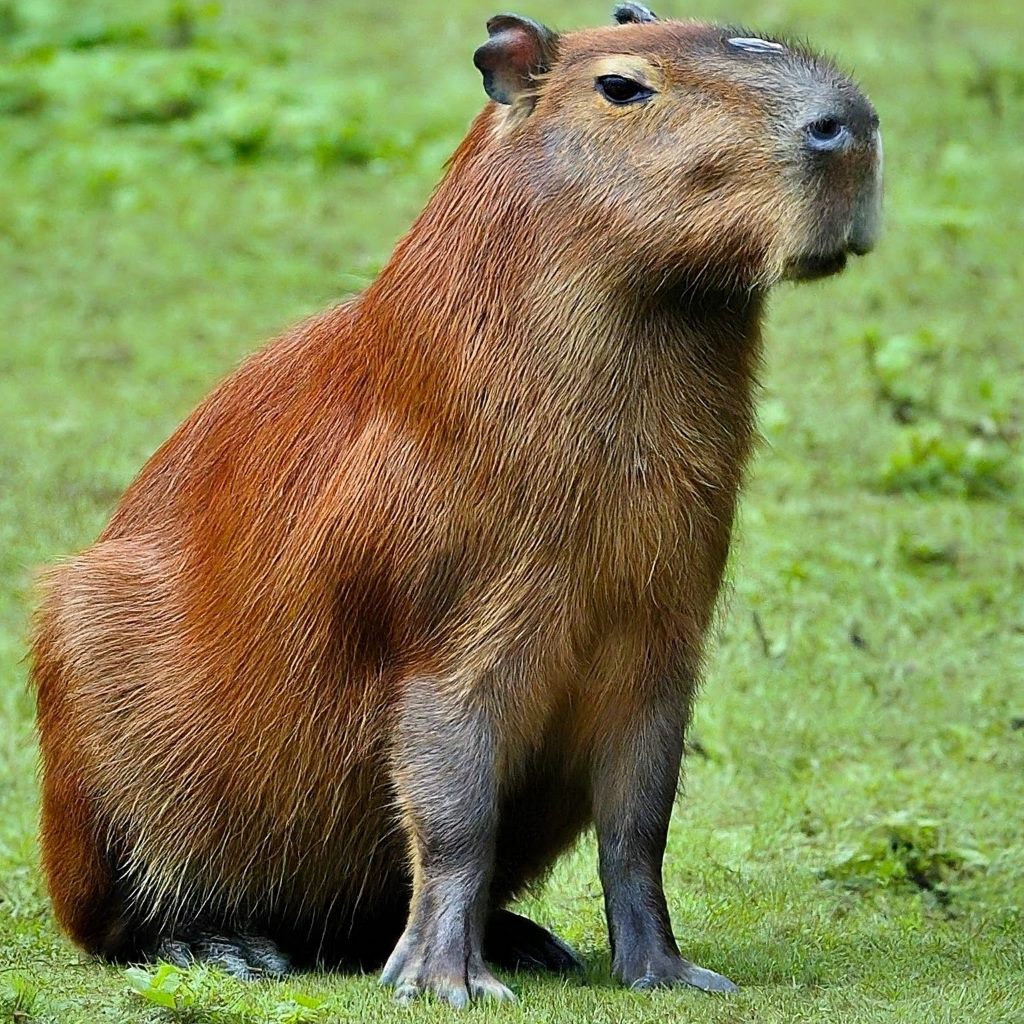
- Either of two kinds of substantial semiaquatic South American rodents known as capybaras (genus Hydrochoerus), commonly known as carpinchos or water hogs.
- From Panama to Argentina, capybaras live in marshes and forested areas. The capybara (Hydrochoerus hydrochaeris), the bigger of the two species, is the largest living rodent in the world, reaching lengths of up to 1.3 meters (4.3 feet) and weights of up to 79 kg (174 pounds).
- The tiny lesser capybara (H. isthmus) weighs about 28 kg and can grow to be about 1 meter (about 3 feet) long (62 pounds).
- Capybaras are included in the subfamily Hydrochoerinae of the family Caviidae in some classifications, but they are the only members of the family Hydrochoeridae in others. Capybaras resemble the guinea pig and the cave.
- The capybara (H. hydrochaeris) can be found throughout the Amazon River basin, from northern Argentina to Venezuela.
- On the other hand, the lesser capybara can be found from central Panama through far northern Venezuela and northwest Colombia. The International Union for Conservation of Nature and Natural Resources rates both species as of the slightest concern.
- In different parts of South America, capybaras and lesser capybaras are edible and used as food. The smaller species are frequently hunted, whereas the larger species are typically ranched for meat and the animals’ hides, which are used to make leather goods.
Abyssinian Guinea Pig
Abyssinian Guinea Pig: A popular pet known for its distinctive rosette-shaped fur and energetic personality.
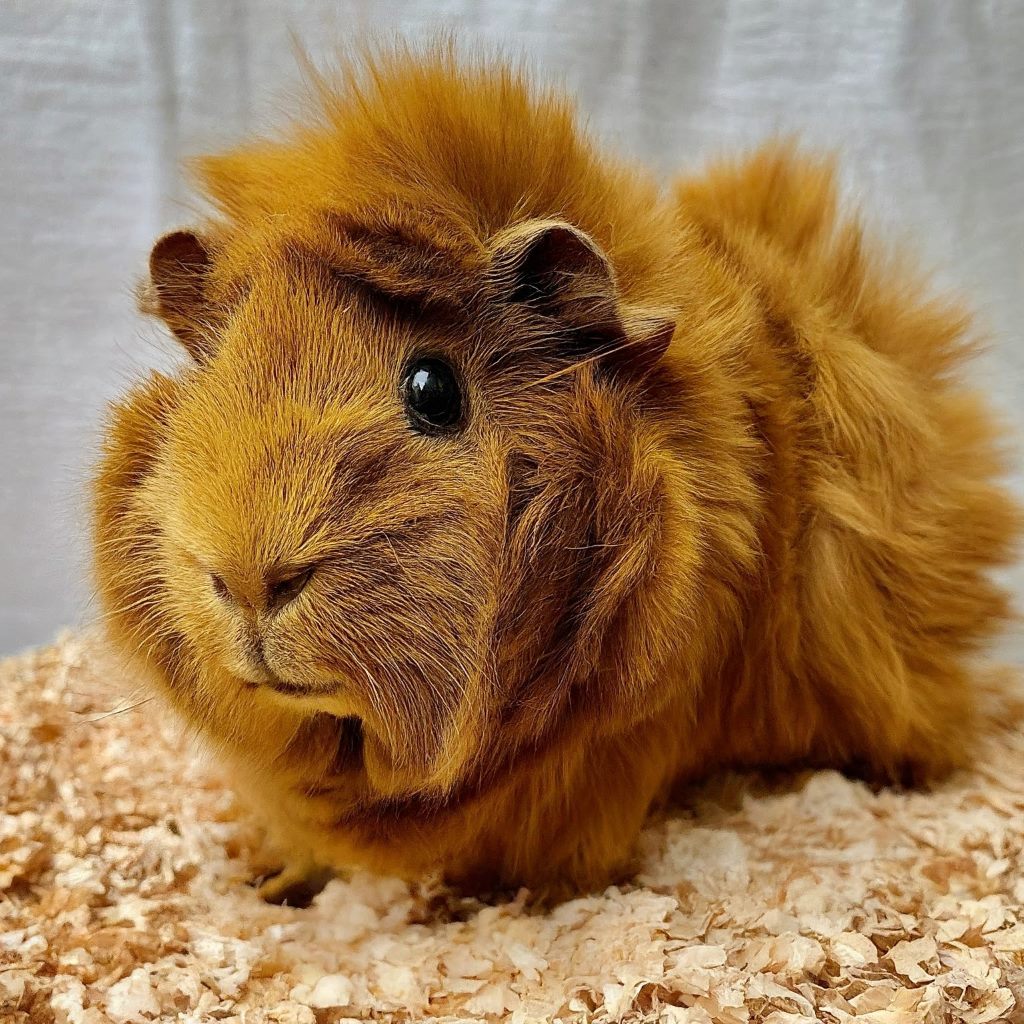
- The Abyssinian differs from other guinea pig breeds due to its distinctive coat.
- An Abyssinian’s hair is about an inch and a half long and covered in swirls of hair called rosettes. Rosettes for Abyssinians must have even numbers.
- Eight to ten unique rosettes can be found on a show-quality Abyssinian: one on each shoulder, two or four on the back, one on each hip, and two on the rump.
- Self, tortoiseshell, brindle, and part-color are just a few of the numerous hues and patterns available in the fur.
- However, it is challenging to breed an Abyssinian with perfect rosettes, and many cavies suitable for pets have uneven coats.
- The distinctive characteristics of an Abyssinian coat necessitate particular maintenance as well.
Bulldog Rat
Bulldog Rat (Rattus nativitatis): A large, domesticated rat with a stocky build and friendly demeanor.
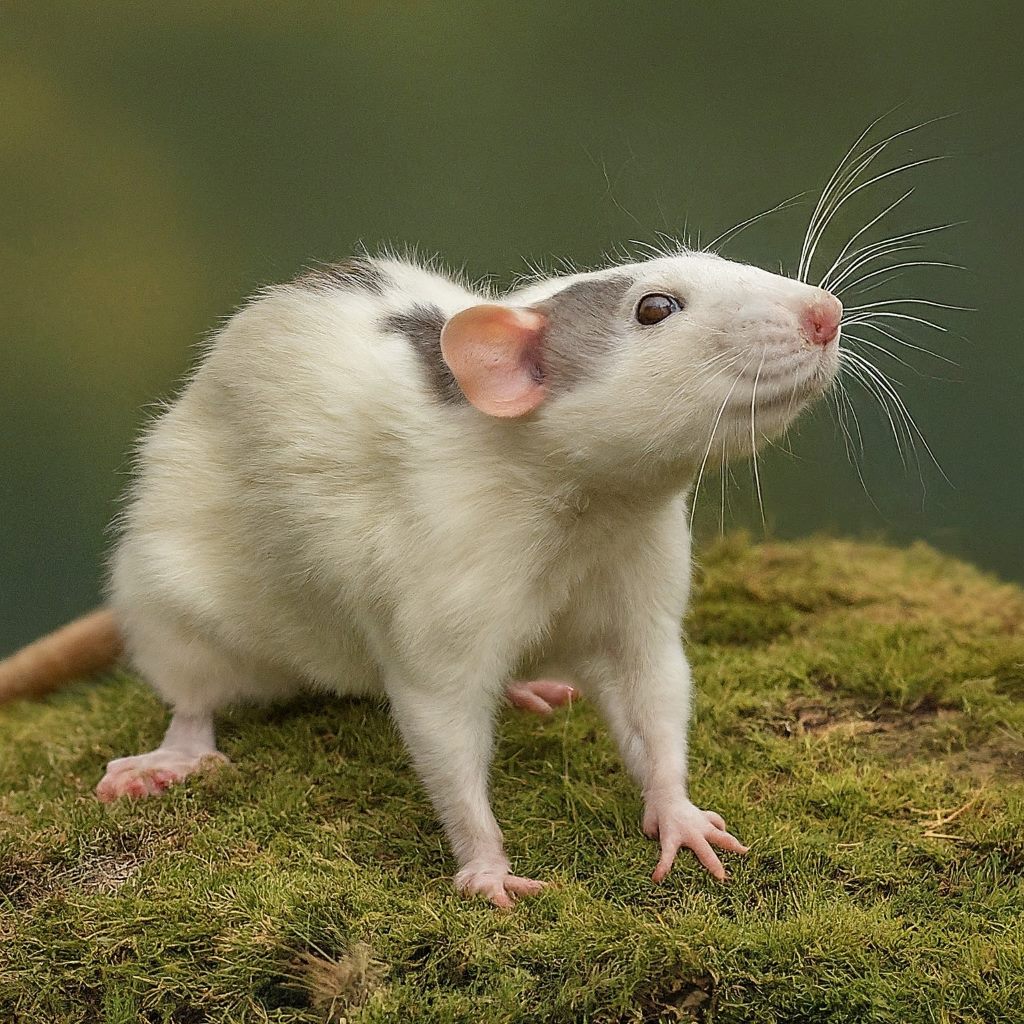
- They were significantly larger than black rats, with a head and body length of around 25 to 27 centimeters (9.8 to 10.6 in) and a two-centimeter fat coating on their backs.
- They are thought to weigh between 250 and 300 grams (8.8 to 10.6 oz). They had thin, slender tails around 17.5 centimeters (6.9 in).
- They were characterized as having thick, coarse hair with a deep reddish-brown color and a lighter underside.
- The bulldog rat once believed to belong to the genus Rattus, is now thought to be nested inside Bunomys, a species that is otherwise unique to Sulawesi and the nearby islands.
Pallid Gerbils
Pallid Gerbil: A small desert rodent with a pale coat and large ears, adapted to life in arid environments.
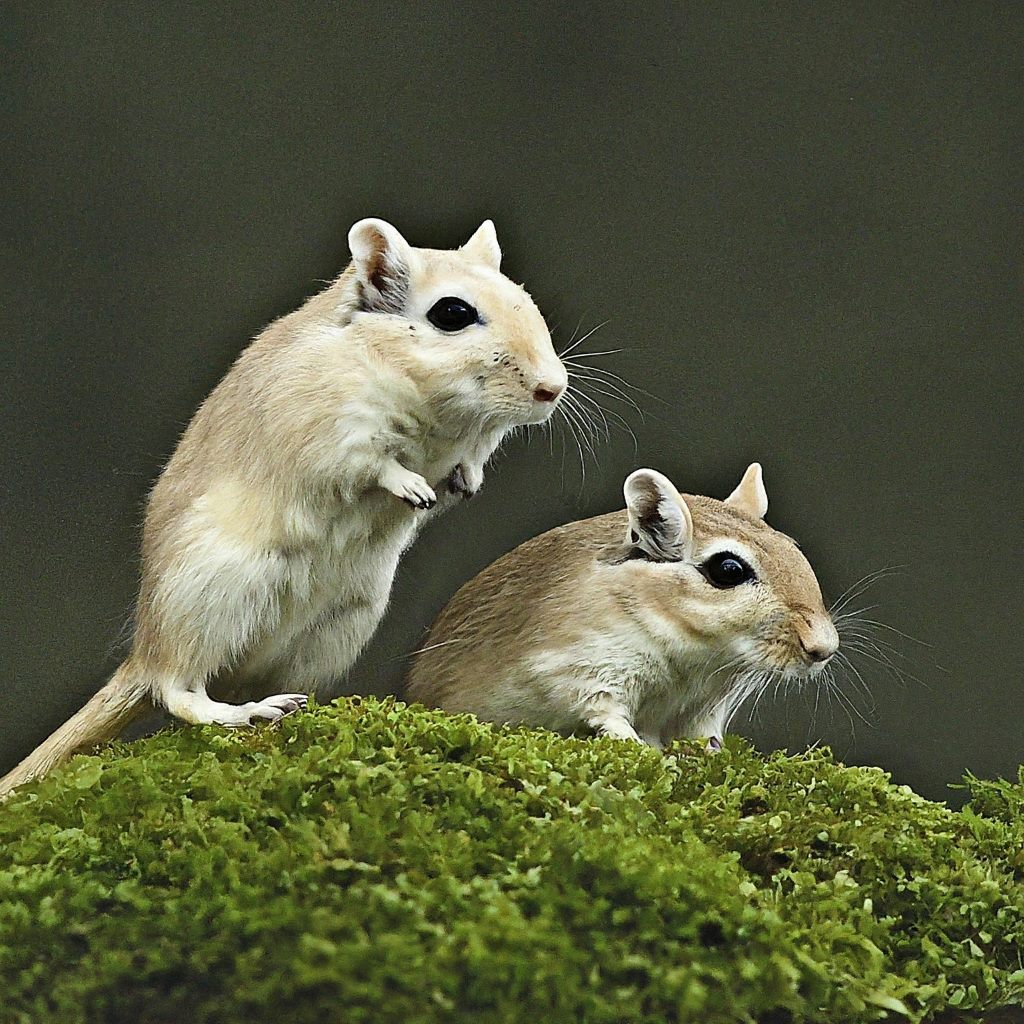
- The pale gerbil (Gerbillus perpallidus) is only found in Egypt and is primarily located in the nation’s northwest. The pallid gerbil is another name for it.
- The gerbil is light, with pale orange fur and white underparts, forelimbs, and paws. The hairy soles of the feet and the absence of color in the ears are traits of gerbils that live in the sand.
- It weighs 26 to 49 g and typically measures 22 to 27 cm in length.
- Those with prior experience keeping Mongolian jirds are advised to consider the pale or pallid gerbil a suitable second species.
- Enthusiasts frequently abbreviate this name to pallid.
- Pallid gerbils do not migrate and remain in the exact location, but they do not hibernate since they cannot withstand the cold and are, therefore, not found in regions where they would need to do so.
- They can’t, therefore, be dormant species.
- They are also a migrant species because, although they do not have a regular migration pattern, they move over the desert in search of food.
- It can only exist in the desert, a particular biome. Additionally, it has a bit of hunger for bugs (e.g., mealworms and crickets).
Chinchilla Rabbits
Chinchilla Rabbit: A breed of rabbit known for its luxurious, dense fur and playful personality.
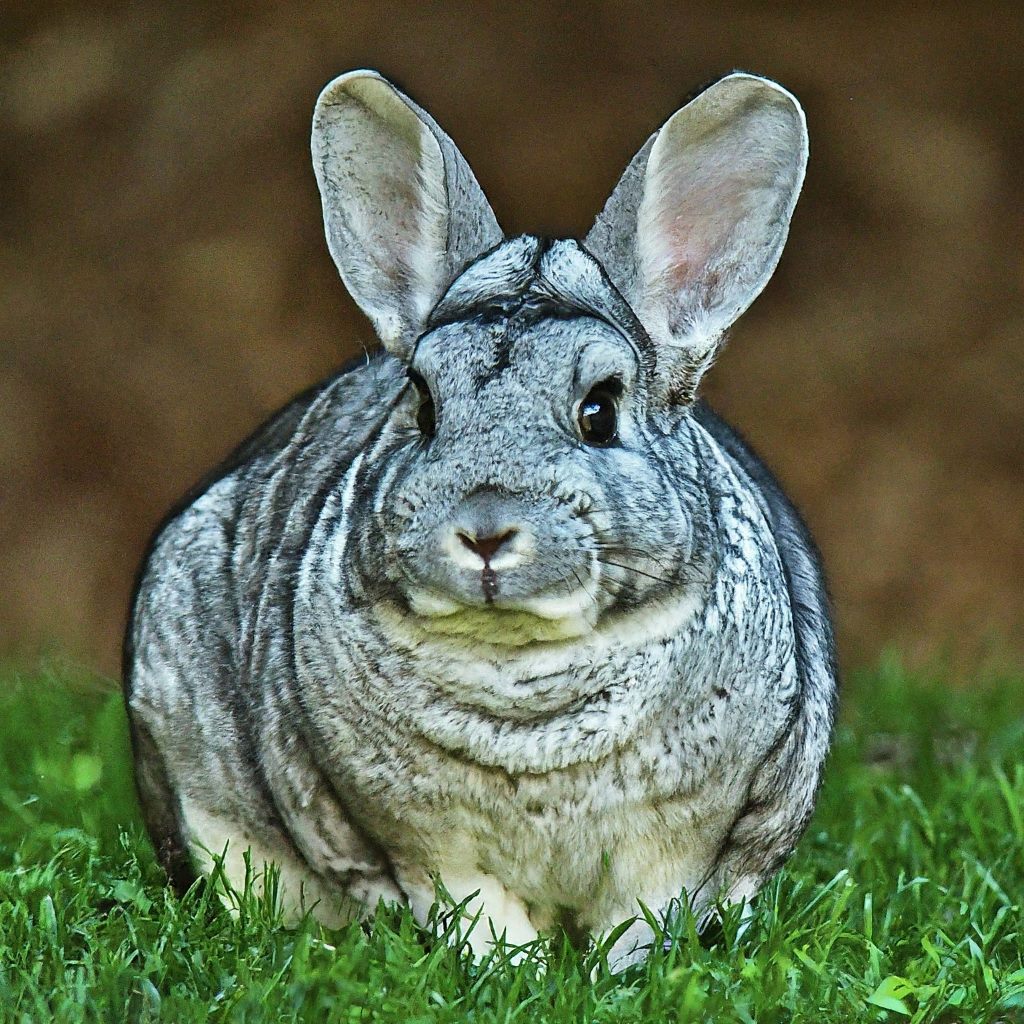
- The two species of crepuscular rodents known as chinchillas—Chinchilla chinchilla and Chinchilla lanigera—belong to the order Caviomorpha.
- They are indigenous to the Andes mountains in South America and slightly more extensive and challenging than ground squirrels. They reside in “herds” of colonies at altitudes of up to 4,270 m. (14,000 ft).
- Chinchilla colonies in the wild are only known to exist in Chile today, despite historically inhabiting areas of Bolivia, Peru, Argentina, and Chile.
- They belong to the family Chinchillidae, along with their relatives, the viscachas. They share a family tree with chinchilla rats.
- Of all land mammals, the chinchilla possesses the fur that is densest. The sea otter has a thicker coat while it is submerged.
- The Andean Chincha people, who once wore the chinchilla’s rich, velvet-like fur, gave it its name.
- After being persecuted for their incredibly silky fur, chinchillas had become relatively rare by the end of the 19th century.
- Most chinchillas utilized by the fur business for apparel and other accessories are grown on farms.
- Sometimes kept as pets, domestic chinchillas descended from C. lanigera could be categorized as a particular pocket pet.
Swamp Rat ‘beaver rat’ Rattus lutreolus
Swamp Rat (“beaver rat”): Also known as the nutria, this large rodent is often found in wetlands and marshes.
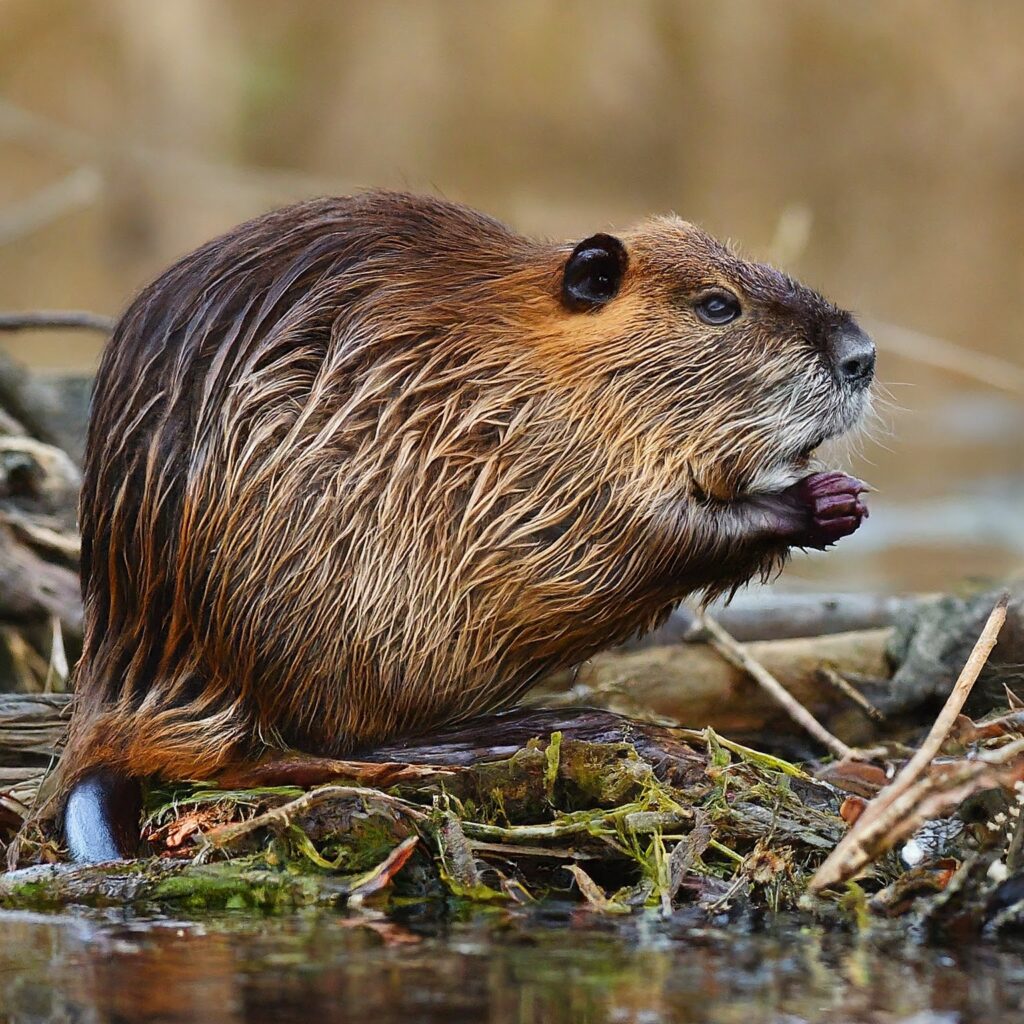
- The eastern swamp rat (Rattus lutreolus), commonly referred to as the Australian swamp rat, is an indigenous type of rat to Australia’s southern and eastern shores.
- The Australian swamp rat reaches a maximum body length of 160 mm (6.3 in), a maximum tail length of 110 mm (4.3 in), and a maximum mass of roughly 120 grams (4 oz). It has dark-brown fur, black feet, and a stocky frame.
- It has small, brown to cream-colored ears almost entirely hidden by the hair on its ventral surface. The tail is sparsely hairy, scaly, and dark grey.
- Behavior is active day and night because it is partially nocturnal and diurnal.
- According to theory, the animal must also gather flora during the day because it cannot gather enough food at night.
- Around August, the rats reach sexual maturity, and they are ready to reproduce by October.
- The usual litter size for this species is one to eleven, and the gestation period is between 23 and 25 days.
- Some creatures use their olfactory capabilities to detect predators by smelling their odors.
Pygmy Hedgehogs
Pygmy Hedgehogs: These small, spiny mammals are popular pets known for their nocturnal habits and adorable personalities.
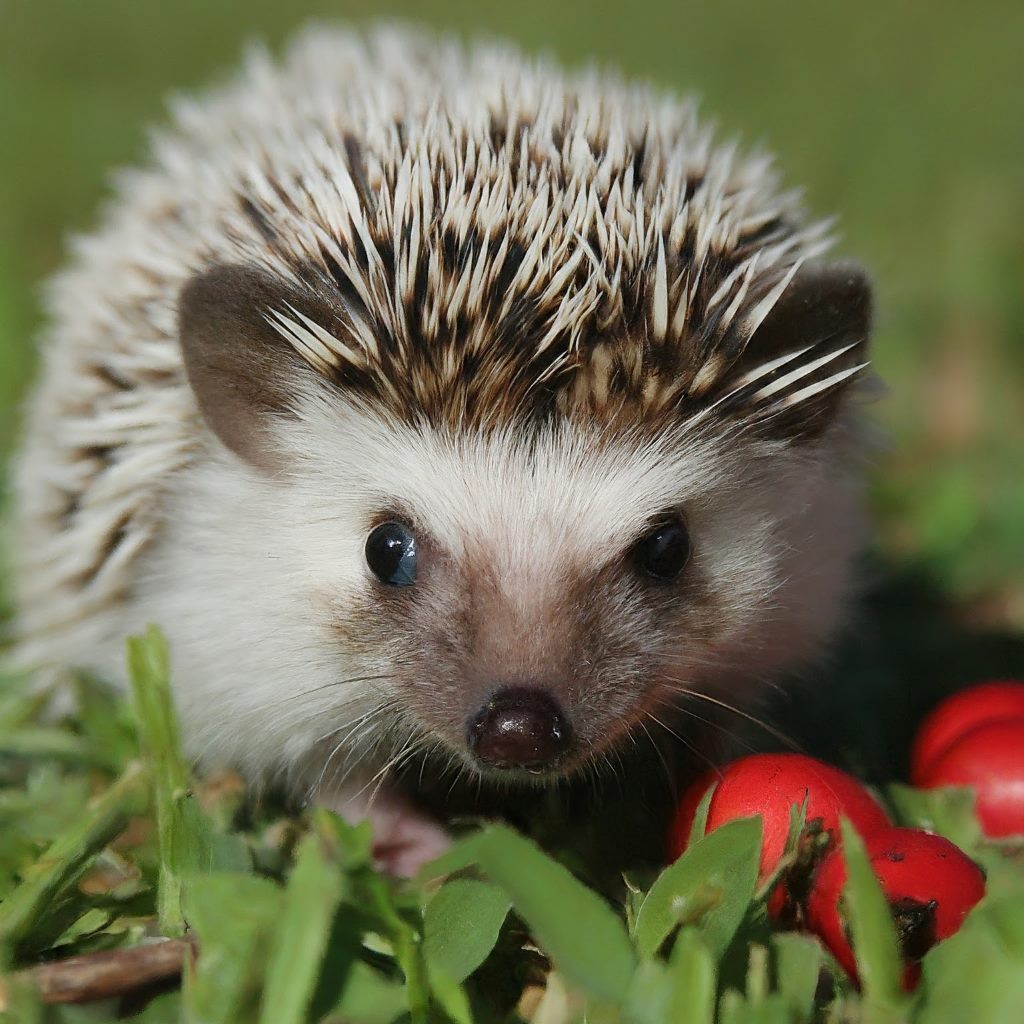
- The four-toed hedgehog is the most prevalent species of hedgehog kept as pets (Atelerix albiventris). An additional species of the hedgehog is the Algerian hedgehog (Atelerix algirus).
- The African pygmy hedgehog is the most common type of domesticated hedgehog kept as a pet (Atelerix albiventris).
- The long-eared hedgehog (Hemiechinus auritus) and the Indian long-eared hedgehog are two other species that are kept as pets (Hemiechinus collaris).
- Hedgehogs in the wild are opportunistic and will consume various foods, although insects make up most of their diet.
- Hedgehogs need a diet that is strong in protein and low in fat because they are insectivores.
- Insect exoskeletons include chitin, which is also necessary; fiber in the diet may serve as a substitute.
- Hedgehogs in the wild are opportunistic and will consume various foods, although insects make up most of their diet.
- Hedgehogs need a diet that is strong in protein and low in fat because they are insectivores.
- Insect exoskeletons include chitin, which is also necessary; fiber in the diet may serve as a substitute.
- For hedgehogs and other insectivores kept as pets, prepared diets are available, including dishes with insect-based ingredients.
- Additionally, dietary powders can be sprinkled on other foods to add chitin and other nutrients.
Hedgehog pets can consume prepared, lean meats such as beef, pork, chicken, and turkey. They frequently consume small portions of fruit and vegetables.
Himalayan Guinea Pig
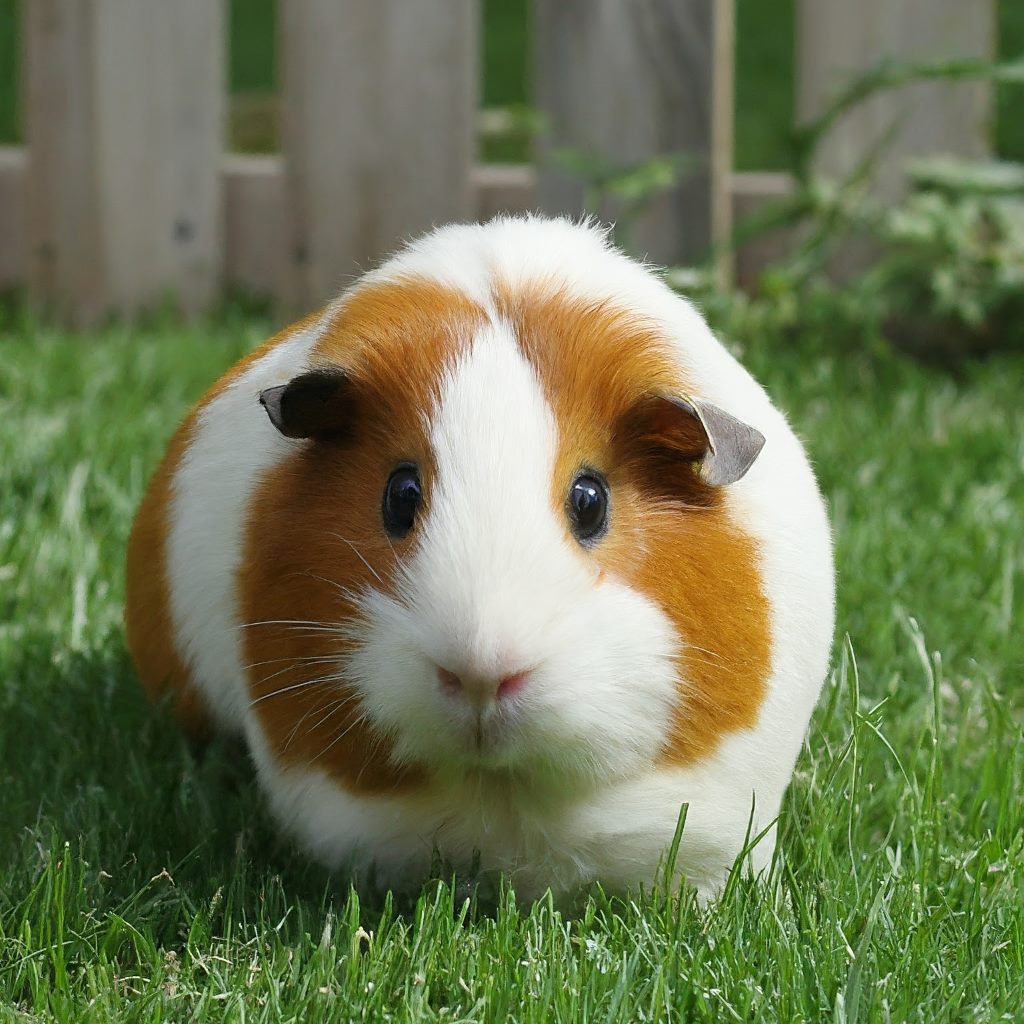
- The average adult length of this breed’s animals is between 8 and 12 inches. But one of the stockier breeds, with broad shoulders and heavy bodies, is the Himalayan.
- The typical guinea pig in behavior and temperament, the Himalayans prefer to be the center of attention and will reciprocate the favor if handled well.
- They can, however, also be fearful and quickly startled, especially in unfamiliar settings. Therefore, giving them hiding places in their cages is vital to make them comfortable.
- The company of another pig makes the Himalayans feel the most comfortable because they are herd animals. As a result, if you’re considering adopting a Himalayan guinea pig, think about adopting two.
Great Gerbils

- Each family of great gerbils has its burrow. They live in groups called families. Their tunnel systems, which have distinct chambers for nests and food storage, can be vast.
- Despite spending significantly more time in their burrows throughout the winter, great gerbils do not hibernate. They are primarily nocturnal. The majority of food is composed of plant material.
- Animal colonies are common among them. The lifespan is 2-4 years. Aerial and satellite images can map and identify the characteristic patch of cleared soil that distinguishes burrow system complexes.
- Using satellite photos, it is possible to discern between inhabited and abandoned giant gerbil burrows.
- The plague-causing bacterium Yersinia pestis and the zoonotic cutaneous leishmaniasis-causing parasite Leishmania major are known to live in great gerbils.
Conclusion
Many people mistake capybaras for giant hamsters. They are also herbivores and have very similar appearances. Like hamsters, capybaras are friendly and cuddly, but they can also go nocturnal if they don’t feel comfortable.
Guinea pigs are preferred as pets over hamsters because of their longer lifespan and cuddly disposition. Additionally, they may more readily adapt to your everyday routine because they are not nocturnal. As a result, they are seen as more practical and less disruptive pets than hamsters.
![9 Animals That Look Like A Big Hamster: [No #3 Will Surprise You]](https://oxfordpets.com/wp-content/uploads/2022/12/Animals-That-Look-Like-A-Big-Hamster.jpg)